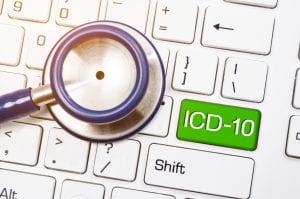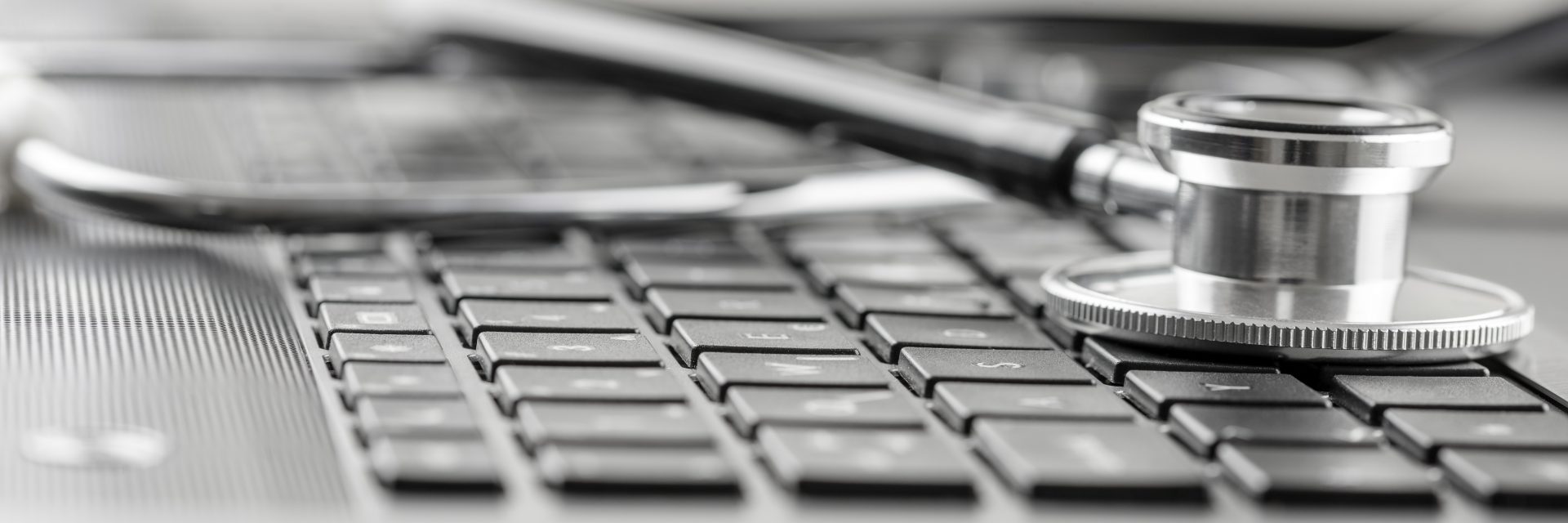 Technology is all around us and is constantly changing. Medical coding has been affected by changing technology recently in more than a handful of different ways.
Technology is all around us and is constantly changing. Medical coding has been affected by changing technology recently in more than a handful of different ways.
Medical coding is the process of translating medical diagnoses into universal codes listed in the International Classification of Diseases, Tenth Edition (ICD-10), which is published by the World Health Organization (WHO). Coders also translate medical procedures and treatments into Current Procedural Terminology (CPT) codes.
Coding is important because it allows the medical facility to receive proper reimbursement from insurance companies and government health programs such as Medicare and Medicaid. From there, it can be determined how much the patient will have to pay. Medical practices rely on reimbursement to keep their doors open and provide quality healthcare services.
Medical billers and coders rely heavily on technology, much like the rest of the healthcare industry in America. Let’s take a look at a few different technological trends and the impacts they’ve had or will have in the future as it pertains to the job of medical billing and coding.
- ICD-10
When ICD-10 codes went into effect in fall of 2015, it caused a lot of problems for coders who had long been using ICD-9. The change also created a demand for new coders who had learned only ICD-10. Of course, the fine-tuning of the coding system did not stop with the implementation of ICD-10. The World Health Organization is currently working on and reviewing ICD-11, which is set to be put to use worldwide in January 2022.
Each new version of the ICD includes more specific codes than the one before, which allows for more accurate billing and patient records. It also means coders will have to commit to learning any differences between and the new and previous versions.
- EHR
Electronic health records (EHR) have been a boon for the healthcare industry and its practitioners as well as the environment. Remember those big files stuffed with papers well beyond their capacity? The advancement of electronic health records is in the process of making them a thing of the past. EHRs also allow for more complete patient records than their paper counterparts.
Getting everyone on board will take some time, with many practices yet to adopt the standard of electronic files. As with any other technology, it has and will continue to require some learning on the behalf of employees in medical offices everywhere.
- CPT Codes
Diseases are to the ICD codes as procedures are to Current Procedural Terminology (CPT) codes. CPT codes are just as important as ICD codes for billing and patient file maintenance. There are three different kinds of CPT codes:
- Category 1: Procedures and Contemporary Medical Practices
- Category 2: Clinical Laboratory Services
- Category 3: Emerging Technologies, Services and Procedures
Category 1 codes are by far the most common ones used by medical coders. They contain five digits and correspond with a treatment that has been approved by the Food and Drug Administration (FDA). Under the umbrella of Category 1, there are six different categories, which speaks to how populated it is.
Category 2 codes are used with Category 1 codes and offer more information about the procedure indicated by the Category 1 code. Category 3, as the description suggests, contains procedures that are not widely practiced and may not be approved by the FDA for widespread use.
As with the ICD, there are new CPT codes that are developed all the time, though not in the form of a new version of a manual put out every few years. Regardless, medical coders need to keep up with coding changes to best serve their employers and the patients who seek their care.
- CAC – Computer Assisted Coding
Computer-assisted coding systems were designed to be make the billing and coding process far more efficient for everyone involved. A coder’s job was supposed to become simpler and more economical. In terms of results, CAC has been a mixed bag. There are many human factors that contribute to the effectiveness of CAC, such as doctors entering the right information for the system to pick up on the proper diagnosis.
Getting the most out of CAC technology still requires that you have a skilled coder to catch any errors the software makes, as some studies have shown that the use of such systems has had minimal effect on the number of errors. The technology is still fairly new, however, so it will be interesting to see how it improves healthcare in the near future or whether it is no longer used. Speculation on the future varies depending on whom you talk to.
- Blockchain
Blockchain technology has become all the rage lately, especially as it pertains to cryptocurrency. Other industries, such as healthcare, have been implementing similar technology. The main benefit for medical coding, health records and information is the fact that the technology decentralizes the storage of data, which increases its security. The information is stored across a network of private computers.
It remains to be seen just what the future holds for blockchain technology in the medical field, but we can be certain it’s not going anywhere anytime soon.
Do all of these technological challenges and advancements pique your interest in the medical coding field? If so, check out Coyne College’s program.
Start Coding at Coyne
 In Coyne College’s Medical Billing and Coding Specialist program, you will learn the ins and outs of electronic health recordkeeping and master the skills needed to secure an entry-level job in a plethora of different medical settings. What is even better, you can complete Coyne’s training program in as few as 48 weeks. In less than one year’s time, you can be ready to start your new career in the exciting field of healthcare.
In Coyne College’s Medical Billing and Coding Specialist program, you will learn the ins and outs of electronic health recordkeeping and master the skills needed to secure an entry-level job in a plethora of different medical settings. What is even better, you can complete Coyne’s training program in as few as 48 weeks. In less than one year’s time, you can be ready to start your new career in the exciting field of healthcare.
As a student, you will obtain sufficient and applicable knowledge of subjects such as medical terminology, health records management, medical coding and more!
You will learn the profession from Coyne’s knowledgeable instructors, who have substantial, invaluable workplace experience to foster your personal growth.
Coyne College offers day classes for the program. The Medical Billing and Coding Specialist program is offered at the Coyne College campus, located in the heart of the Chicago Loop at the intersection of State and Madison streets.
With more than 110 years of experience in helping students realize their dreams, Coyne College has a well-developed network of resources to help students land externships during their studies.
Coyne College offers an array of career services and job placement help for its students, including mock interviews, externships and resume help. These resources can help students secure entry-level employment after completing the program.
There’s no time like the present to enter a profession that plays a vital role in the healthcare of millions of people. Take your first step toward your new career as a medical billing and coding specialist by visiting https://www.coynecollege.edu/.


